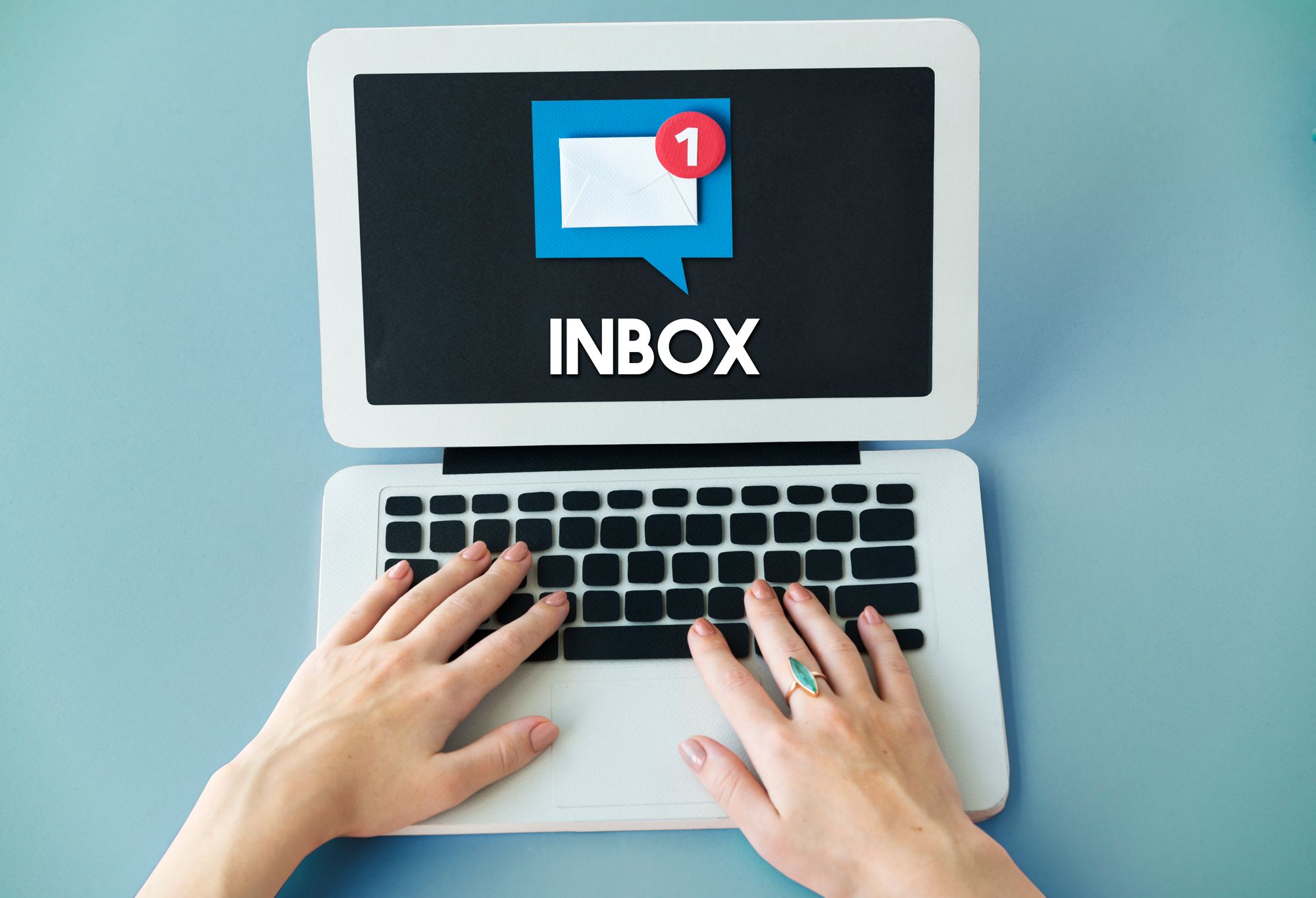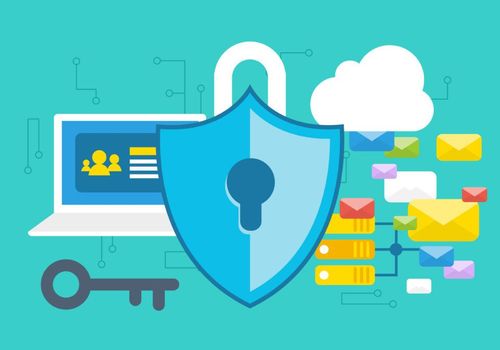Welcome to our comprehensive guide on email check for computer systems. In today's digital age, email has become an essential communication tool for both personal and professional purposes. However, the widespread use of email also brings various security risks and efficiency concerns. In this article, we'll explore the importance of conducting email checks on your computer, the potential risks associated with emails, and the steps you can take to ensure the security and efficiency of your email communications.
The Significance of Email Checks

Email checks are crucial for maintaining the security and efficiency of your computer system. By regularly assessing and managing your email activities, you can:
1. Protect Against Malicious Content:
Emails are a common medium for spreading malware, viruses, and phishing attempts. Conducting email checks helps identify and block suspicious emails that may contain harmful attachments or malicious links.
2. Safeguard Personal and Sensitive Information:
Emails often contain sensitive information such as financial details, personal data, or confidential business communications. By implementing email checks, you can ensure that this information remains protected and confidential.
3. Improve Productivity:
Efficient email management enhances productivity by reducing clutter, organizing messages effectively, and facilitating quick access to important information. Regular email checks enable you to streamline your inbox, prioritize tasks, and stay organized.
Potential Risks Associated with Emails
Before we dive into the email check process, it's essential to understand the potential risks associated with emails:
1. Malware and Viruses:
Email attachments can contain malware or viruses that can harm your computer system. Opening an infected attachment can lead to data loss, system crashes, or unauthorized access to your sensitive information.
2. Phishing Attempts:
Phishing emails aim to deceive recipients into providing personal or financial information. These fraudulent messages often mimic trusted sources, such as banks or online services, and can result in identity theft or financial loss.
3. Spam and Unwanted Communications:
Spam emails inundate your inbox with irrelevant and unsolicited messages, causing distraction and wasting valuable time. These messages can also contain malicious links or fraudulent offers.
4. Email Spoofing:
Email spoofing involves forging the sender's email address to deceive the recipient. Spoofed emails can appear to come from a legitimate source, tricking users into divulging sensitive information or performing unintended actions.

Steps for Email Check on Your Computer
Now that you understand the importance of email checks and the potential risks, let's explore the steps to perform an effective email check on your computer:
1. Use Trusted Email Clients:
Choose reputable email clients or web-based email services that offer robust security features and spam filters. Popular options include Microsoft Outlook, Gmail, and Apple Mail.
2. Enable Two-Factor Authentication (2FA):
Implement two-factor authentication for your email accounts whenever possible. This additional layer of security ensures that only authorized users can access your email inbox.
3. Regularly Update Software and Security Patches:
Keep your operating system, email client, and antivirus software up to date. Updates often include security patches that address vulnerabilities and protect against emerging threats.
4. Enable Spam Filters:
Activate the spam filter feature provided by your email client or service. Spam filters help identify and move unsolicited messages to a separate spam folder, reducing the chances of falling victim to phishing attempts or unwanted communications.
5. Exercise Caution with Email Attachments:
Avoid opening email attachments from unknown or suspicious senders. Even if the email appears to be from a familiar source, exercise caution and verify the legitimacy of the attachment before opening it.
6. Be Wary of Links:
Avoid clicking on links within emails unless you are confident of their authenticity. Hover over links to reveal the actual URL and verify that it matches the expected destination.
7. Educate Yourself and Employees:
Stay informed about the latest email scams and security best practices. Educate yourself and your employees about email security, including identifying phishing attempts, recognizing suspicious emails, and reporting potential threats.
Conclusion
Performing email checks on your computer is vital for maintaining a secure and efficient email environment. By implementing the steps outlined in this guide, you can protect against malware, safeguard sensitive information, and enhance productivity. Remember to stay vigilant, stay informed about emerging threats, and regularly review and update your email security measures.
If you have any questions or need assistance with email check processes, feel free to reach out to our team of experts. We're here to help you optimize your email security and ensure a smooth and efficient email experience on your computer.



